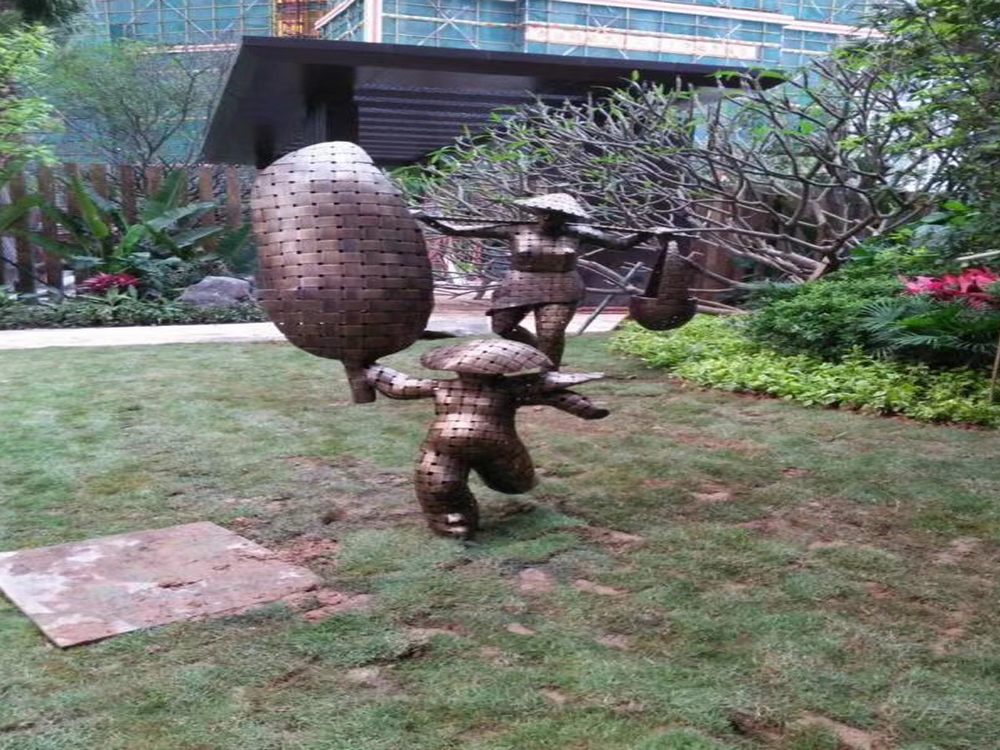
Bronze sculptures have long been a medium for artists to delve into profound themes of time and transience. The inherent durability of bronze contrasts with the fleeting nature of human existence, creating a powerful dialogue between permanence and impermanence. Artists often employ techniques like patination to mimic the effects of aging, embedding the passage of time into the very surface of their work.
Some sculptors intentionally leave parts of their bronze pieces unfinished or eroded, symbolizing decay and the inevitability of change. Others incorporate organic elements that evolve over time, such as oxidization or weathering, allowing the sculpture itself to transform. This dynamic interaction between material and environment becomes a metaphor for life's transient beauty.
Contemporary artists like Anish Kapoor and Louise Bourgeois have pushed these explorations further, using bronze to capture moments of fragility within solid forms. Their works often juxtapose smooth, polished sections with rough, textured areas, visually representing the coexistence of strength and vulnerability.
Through these methods, bronze sculptures become more than static objects—they evolve into living testaments to the passage of time, inviting viewers to reflect on their own mortality and the enduring legacy of art.

